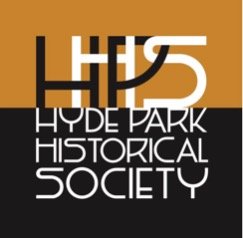1960s-1990s: Urban Renewal
Any relationship has some features about which the parties are not proud or are even ashamed. The restrictive covenants of the period from after the first world war to the second are such a feature; contracts which denied open housing to Jews and later to Blacks. But after the war, the University and the community agreed to take steps to eliminate these practices although it is probably necessary to say that in some cases prodding from the law was required.
But that said, problems remained.
Buildings in the neighborhood were deteriorating, there was a rise in crime and the nature of the community was changing. There was a short period when our relationship threatened to come apart; separation was considered. But as half the people here can testify, in spite of disagreements as to what to do and even more disagreements as to how to do it, both halves of the relationship decided to buckle down and undertake urban renewal to try to stop the deterioration and to build and rebuild to make us a proud, integrated, diversified and open community. Hyde Park has not solved all problems but we couldn't have done as much as we have done so far if it hadn't been for our solid relationship.



